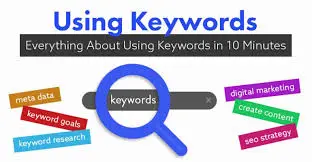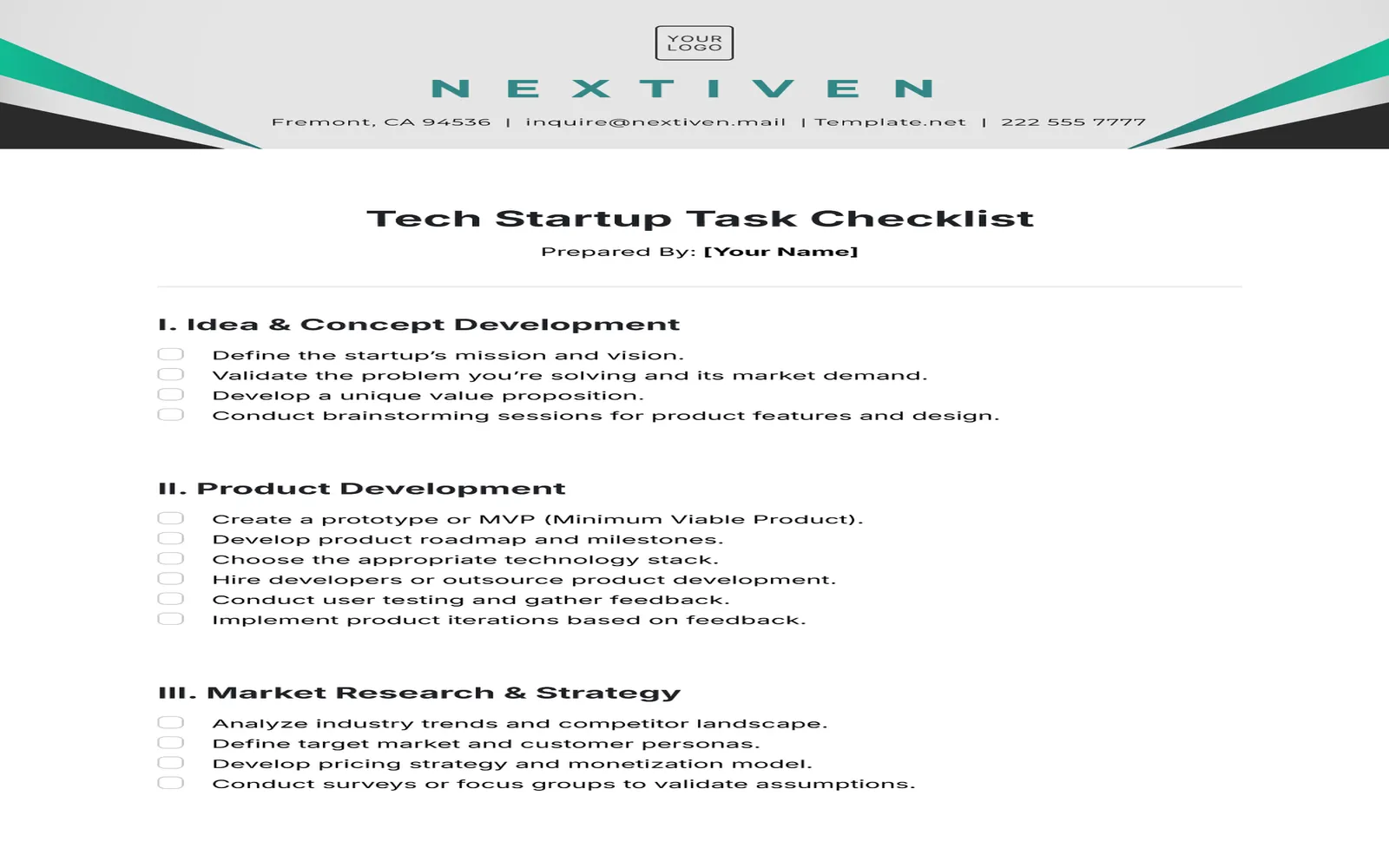When discussing the entrepreneurial landscape, the terms ''small business'' and ''startup'' are often used interchangeably, but they represent different concepts and goals. Understanding the difference between these two can help entrepreneurs better define their objectives, strategies, and funding options. Here's a detailed comparison of small businesses and startups.
Definition
A ''small business'' typically refers to any independently owned and operated business that is limited in size and revenue, according to the Small Business Administration (SBA). These businesses serve local markets and focus on steady growth and sustainability.
On the other hand, a ''startup'' is a company designed to grow rapidly and seeks to meet a marketplace need by developing a viable business model. Startups often target larger markets and aim for exponential growth, often leveraging technology to scale their operations quickly.
Goals and Objectives
Small businesses usually aim for stability and long-term success within their local markets. They prioritize profit generation and customer loyalty. The objectives often revolve around building a community presence and establishing a reliable customer base.
Conversely, startups are driven by the goal of rapid scaling. They seek to innovate and disrupt existing markets. The primary objective is to attract significant investment to fuel growth and expand their market share at an accelerated pace.
Funding Sources
Small businesses generally rely on traditional funding sources such as personal savings, bank loans, and small business grants. They often operate on a shoestring budget initially and reinvest profits back into the business for growth.
Startups, however, tend to seek investment from venture capitalists, angel investors, or crowdfunding platforms. They may also consider equity financing to attract capital quickly. Startups often pitch their ideas to investors to secure funding based on their potential for high returns.
Risk and Reward
Small businesses face moderate risks, as they often operate in established markets with predictable consumer behavior. The rewards may be steadier, but they can also be limited in terms of growth potential.
Startups come with higher risks due to their innovative nature and the untested markets they aim to penetrate. However, the potential rewards can be significant, often leading to lucrative exits through acquisitions or public offerings if successful.
Business Models
The business model of small businesses typically revolves around providing goods and services to local customers. They focus on customer service, quality, and building strong relationships to ensure repeat business.
In contrast, startups often experiment with disruptive business models, leveraging technology to create scalable solutions. They may adopt subscription models, platforms, or marketplace approaches to reach a broader audience quickly.
Market Approach
Small businesses usually have a localized market approach, focusing on specific communities or regions. They often cater to niche markets with personalized services and products tailored to local preferences.
Startups, on the other hand, aim for a global market presence. They utilize digital marketing strategies and scalable technologies to reach potential customers worldwide. Their approach is often data-driven, allowing for rapid adjustments based on market feedback.
Timeframe for Success
Success for small businesses is generally measured over a longer timeframe, often taking years to establish a stable customer base and achieve profitability. The focus is on gradual growth and sustainability.
Startups, in contrast, measure success in a much shorter timeframe. Investors expect to see rapid growth and returns within a few years. Startups often operate under pressure to innovate and scale quickly to remain competitive.
Exit Strategies
For small businesses, the exit strategy may involve selling the business, passing it down to family members, or simply closing it down if it doesn’t succeed. They often prioritize a legacy and community impact over financial gain.
Startups typically plan for high-stakes exit strategies such as acquisitions or initial public offerings (IPOs). The goal is to maximize the return on investment for founders and investors, often leading to a significant payday if successful.
Conclusion
While both ''small businesses'' and ''startups'' contribute significantly to the economy, they have distinct characteristics, goals, and strategies. Small businesses focus on stability and long-term growth within local markets, while startups aim for rapid expansion and innovation in broader markets. Understanding these differences can help aspiring entrepreneurs choose the right path for their business ventures.
For those looking to navigate the challenges of either path, platforms like ''referrerAdCreative'' can provide valuable resources and marketing strategies tailored for both small businesses and startups to enhance their growth potential.
| Aspect | Small Business | Startup |
|---|---|---|
| Definition | Independently owned, local market focus | Designed for rapid growth, innovative approach |
| Goals | Stability and long-term success | Exponential growth and market disruption |
| Funding Sources | Bank loans, personal savings | Venture capital, angel investors |
| Risk Level | Moderate risk | High risk |
| Business Model | Goods/services to local customers | Disruptive and scalable business models |
| Market Approach | Localized focus | Global market presence |
| Timeframe for Success | Long-term profitability | Short-term growth |
| Exit Strategies | Sale, family succession | Acquisitions, IPOs |





